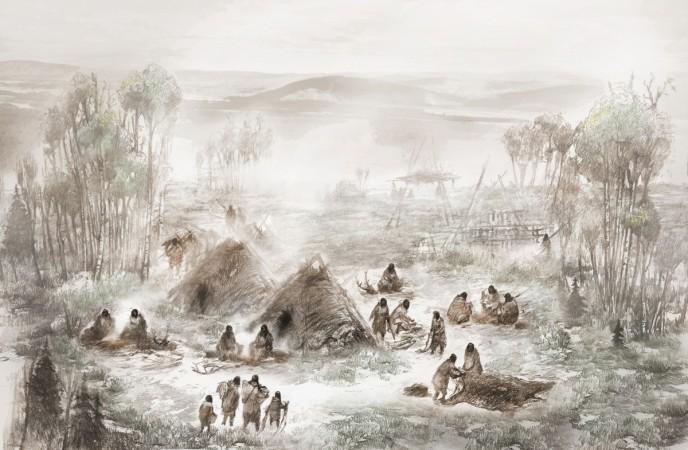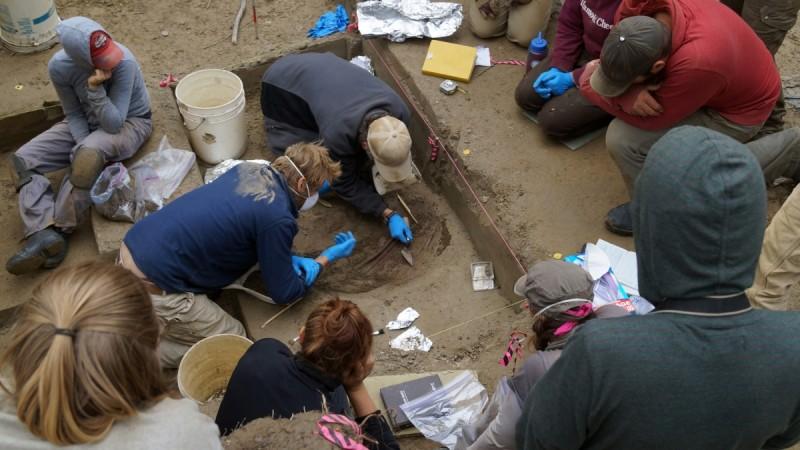
The history of the Americas has just been rewritten by the DNA of an infant girl from Alaska, who died 11,500 years ago. Genetic analysis of the 11,500-year-old remains of the six-week-old child indicates that she belonged to a previously unknown population of ancient people in North America.
Scientists said that the latest findings, published in the journal Nature on Wednesday, represent a major shift in conventional theories about how humans populated North America. According to them, the infant's DNA reveals that the first humans arrived on the continent 25,000 years ago, much earlier than previously thought.
The previously unknown population of ancient people in North America the infant apparently belonged to was named as "Ancient Beringians." Researchers claim that this small Native American group lived in Alaska, and eventually died out about 6,000 years ago.
"We didn't know this population existed," Ben Potter, one of the lead authors of the study and a professor of anthropology at the University of Alaska Fairbanks, said in a statement, adding that this is the first evidence of the earliest Native American population.
It is widely believed that the earliest settlers migrated from Russia to Alaska via an ancient land bridge spanning the Bering Strait, but was submerged towards the end of the last Ice Age. There are also theories suggesting more recent multiple migratory waves over the land bridge.
However, the new study supports the idea that only a single wave of migrants moved into the continent from Siberia, and that sub-divisions of Native American groups formed afterwards.

According to the researchers' timeline based on genetic analysis and demographic modelling, a single founding ancestral Native American group split from East Asians about 35,000 year ago, before splitting into two more groups -- the Ancient Beringians and the ancestors of all other Native Americans -- about 20,000 years ago.
"It would be difficult to overstate the importance of this newly revealed people to our understanding of how ancient populations came to inhabit the Americas," Potter said in the statement. "This new information will allow us a more accurate picture of Native American prehistory. It is markedly more complex than we thought."
In the study, the researchers suggest two new scenarios for populating the New World. First, two distinct groups of people crossed over the Beringian land bridge prior to 15,700 years ago. Second, one group of people crossed over the land bridge and then split in Beringia into Ancient Beringians and other Native Americans, with the latter moving south of the ice sheets 15,700 years ago.
When the researchers examined the DNA of the infant, they expected it to match the genetic profile of other northern Native American people. But, to their surprise, it matched no other known ancient population, suggesting that the Ancient Beringians remained in the Far North for thousands of years while the ancestors of other Native Americans spread south throughout the rest of the continent.
"It's a population that is most closely related to modern Native Americans but is still distantly related to them. So, you can say she comes from the earliest, or most original, Native American group - the first Native American group that diversified," Eske Willerslev, who is affiliated to the universities of Copenhagen and Cambridge, told BBC News.












